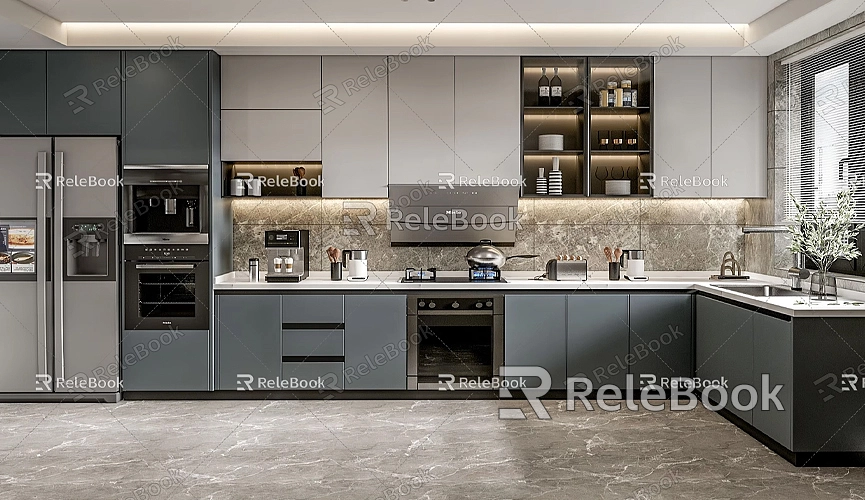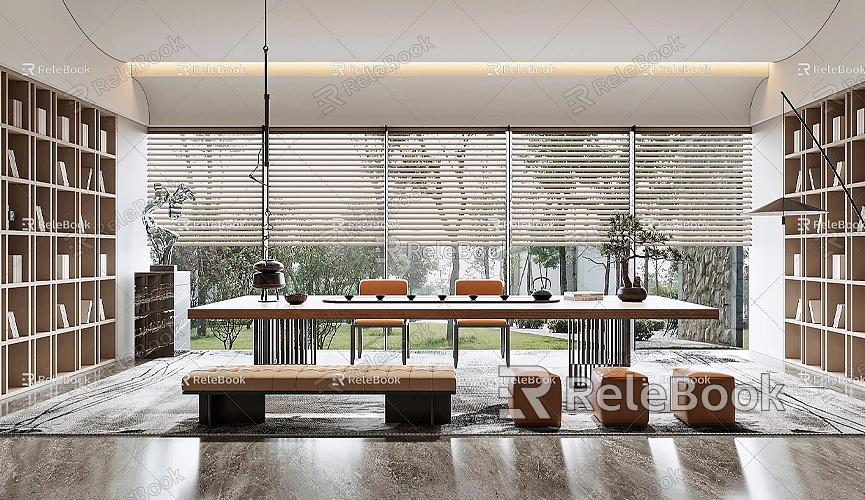How to import 3d model in sketchup
In modern architecture and interior design, 3D modeling has become an essential part of a designer's daily work. SketchUp, with its user-friendly interface and powerful features, has gained popularity among many designers. Importing external 3D models not only enhances work efficiency but also adds more detail and creativity to designs. In this article, we will detail how to import a 3D model into SketchUp and share some practical tips.
The first basic step in importing a 3D model is to ensure that the model file format is compatible with SketchUp. SketchUp supports various file formats, including SKP, DAE, 3DS, and OBJ. Before importing, it’s crucial to confirm the model file's format. If your model file does not match these formats, you can use some conversion tools to ensure it can be recognized by SketchUp.

Once you have confirmed the file format, the next step is to open SketchUp. In the main interface, select the “File” option. From the dropdown menu, find the “Import” option, which will open a dialog box allowing you to select the file you want to import. In this dialog box, browse your computer for the 3D model file you need, select it, and click “Open.”
When importing a 3D model, SketchUp will provide options that allow you to adjust the import settings. For example, you can choose whether to center the model in the current view or select the scale for the imported model. If your model file is large, it may take some time to load. Once the import is complete, the model will appear in your SketchUp workspace, where you can adjust and edit it as needed.
Next, let's look at some important considerations and tips for importing models. First, ensure that your working environment is set up before importing. Choose the appropriate units (such as meters or feet) based on project requirements, which will help you control the size and scale of the model more effectively. In SketchUp, you can adjust the unit settings through “Model Info.”
Another common issue is that importing large models can slow down SketchUp or even cause it to crash. To avoid this, it’s recommended to split large models into smaller parts and import them one by one. This approach not only improves SketchUp's responsiveness but also helps you manage each component better.
After importing the model, checking its integrity and details is essential. Ensure that all components, materials, and textures are displaying correctly. If the materials included in the model are not compatible with SketchUp, you may need to manually adjust the materials and textures to meet design needs. You can edit and replace materials using the “Materials” window.

If you encounter issues while importing the model, such as distortion or incompleteness, it may be due to problems with the model file itself. In this case, try opening the model file and checking for errors. Sometimes, re-exporting the model file with more suitable settings can resolve the issue.
Using external resources can significantly enhance efficiency during the model import process. For example, utilizing high-quality 3D textures and HDRI can add realism to your model. If you need high-quality 3D textures and HDRI while creating models and virtual scenes, you can download them for free from [Relebook](https://textures.relebook.com/), where a variety of resources can enhance the visual quality of your models. Additionally, if you need exquisite 3D models, you can visit [Relebook](https://3dmodels.relebook.com/) for a wealth of quality resources. These resources can save you time and help elevate the professionalism of your designs.
After completing the model import, consider using additional features to enhance your design effects. For instance, SketchUp's "Groups" and "Components" features can help you better manage and edit imported models. Grouping related elements can improve operational convenience and reduce model complexity.
Furthermore, using rendering plugins can bring your designs to life. After importing 3D models, you can achieve high-quality renderings through plugins, making your models appear more realistic. Many designers use tools like V-Ray or Enscape for rendering, which help create complex lighting effects and material representations.
Once you finish all operations, remember to save your work. Regularly saving can prevent data loss and ensure your progress is secure. In SketchUp, you can choose the “Save” option in the “File” menu or use a keyboard shortcut to save. It’s also advisable to develop a backup habit by storing important files in cloud storage or on an external hard drive to prevent unexpected data loss.
During the model import process, communicating with other designers can help solve some issues. Participating in design communities or forums and sharing experiences and tips with other users can help you master SketchUp more quickly. These platforms also offer many practical tips and tutorials about model importing, aiding you in making better use of SketchUp for your designs.
Lastly, staying updated on new tools and resources is crucial. As design technology continually advances, new 3D models and rendering tools are frequently emerging. Regularly checking industry trends and participating in relevant training can keep you at the forefront of design.
Importing 3D models in SketchUp is relatively straightforward, but attention to detail and technique is necessary in practice. By selecting the appropriate file format, adjusting import settings, and effectively utilizing external resources, you can significantly improve work efficiency and make your designs more engaging. If you need high-quality 3D textures and HDRI while creating models and virtual scenes, you can download them for free from [Relebook](https://textures.relebook.com/). For exquisite 3D models, visit [Relebook](https://3dmodels.relebook.com/) for a range of quality resources. We hope this article helps you smoothly import 3D models in SketchUp and enhances your design capabilities!

